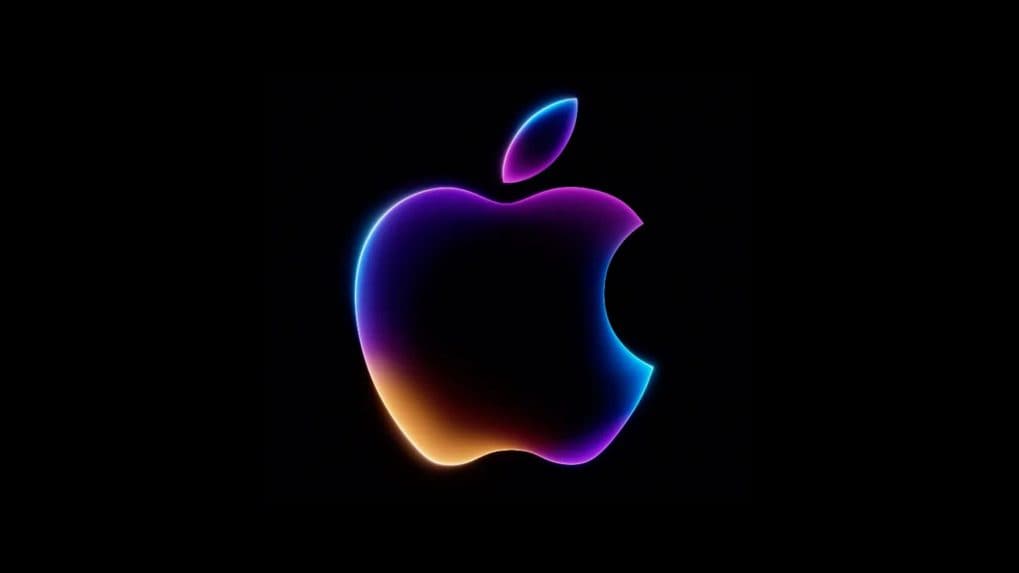Apple is facing significant challenges in its artificial intelligence initiatives, particularly evident in its Foundation Models team. The recent departures of four key researchers, including those who have joined competitors like Meta, OpenAI, and Anthropic, highlight a troubling trend of talent attrition that could have lasting implications for Apple’s stature in the AI space. This article examines the broader context of AI development, comparing the competitive landscape and strategies of key players, while highlighting meaningful takeaways for SMB leaders and automation specialists.
The recent exodus at Apple coincides with the high-profile resignation of team leader Ruoming Pang, who left for Meta with a compensation package reportedly valued at $200 million. Pang’s departure has been labeled a turning point for morale within Apple’s AI initiatives, as his leadership was deemed crucial for the company’s efforts to recover ground lost to faster-moving competitors. Notably, the loss of talent is not merely a personnel issue; it reflects a deeper crisis concerning Apple’s ability to innovate and compete in generative AI, a domain increasingly dominated by rival firms willing to invest heavily in resources, research, and talent.
The defectors’ moves represent more than just personal career choices; they signify a shift in the landscape of AI research and development. For instance, with Zhang transitioning to Meta’s Robotics Studio, Apple’s ambitions in automation face a critical setback. Zhang was integral to various projects aimed at enhancing Apple’s capabilities in robotics, including unique tabletop devices and robotic arms intended for retail applications. Similarly, John Peebles and Nan Du’s movement to OpenAI indicates a strategic pivot away from Apple’s internal models, pointing to a potential trend where these seasoned researchers align with firms that are rapidly advancing their AI platforms.
Executives within Apple are reportedly weighing the option of outsourcing future Siri capabilities to companies such as OpenAI or Anthropic, rather than continuing with their internally developed models. This notion underscores a significant challenge facing Apple: competing against rivals that maintain deep pockets and agile approaches to innovation. Outsourcing could offer cost benefits and quicker returns on investment; however, it poses questions of brand integrity and user experience, both of which are paramount for Apple’s premium offerings.
The competitive analysis extends beyond individual talents and teams. Take, for example, the ongoing comparisons between automation platforms like Make and Zapier. Make offers a more visual and intuitive interface, often appealing to users looking for customization; however, integration options can be limited compared to Zapier, which boasts a more extensive range of app integrations. Pricing strategies further differentiate these tools, with Make’s usage-based model being advantageous for SMBs that have variable automation needs, while Zapier’s tiered subscription model may lock users into unforeseen expenses as their automation requirements grow. Therefore, SMB leaders should analyze their specific operational needs to ascertain which platform offers the best return on investment.
Similarly, in evaluating offerings from firms like OpenAI and Anthropic, the considerations of underlying technology, cost structures, and scalability come into play. OpenAI has set a precedent with its GPT models in terms of performance and functionality, while Anthropic is focusing intently on AI safety and ethical considerations—factors that are increasingly critical for organizations concerned about data privacy and compliance. Companies in the automation sphere must balance performance and ethical considerations, particularly in industries with stringent regulatory obligations.
As Apple grapples with the ramifications of its talent drain, there are clear lessons for other organizations in the tech space. Stability in leadership and team cohesion is paramount for the development of competitive AI solutions. Organizations must ensure that employee retention strategies align with the broader business objectives, particularly as the competition for AI talent intensifies. Companies should proactively invest in their teams through capacity-building programs and competitive compensation packages that reflect market trends. The current market landscape signals not just a war for talented individuals, but also an ongoing investment in building resilient, agile teams that can pivot according to emerging industry needs.
In conclusion, the challenges facing Apple’s AI strategy serve as a cautionary tale for other organizations, especially in a rapidly evolving technological landscape. The shifts in talent across firms disrupt traditional competitive advantages and necessitate a forward-thinking approach toward innovation, employee retention, and strategic partnerships. Organizations must remain vigilant, continually assessing their operational capabilities against industry benchmarks, and be prepared to pivot as needed to capitalize on emerging opportunities.
FlowMind AI Insight: In navigating the competitive landscape of AI and automation, organizations must prioritize not only technological performance but also the cultivation of human capital. A sharp focus on team cohesion, ethical considerations in AI deployment, and responsiveness to market dynamics will be critical for long-term success. Enterprises that effectively blend these elements will likely emerge as leaders in the increasingly complex world of AI and automation.
Original article: Read here
2025-09-04 03:52:00

